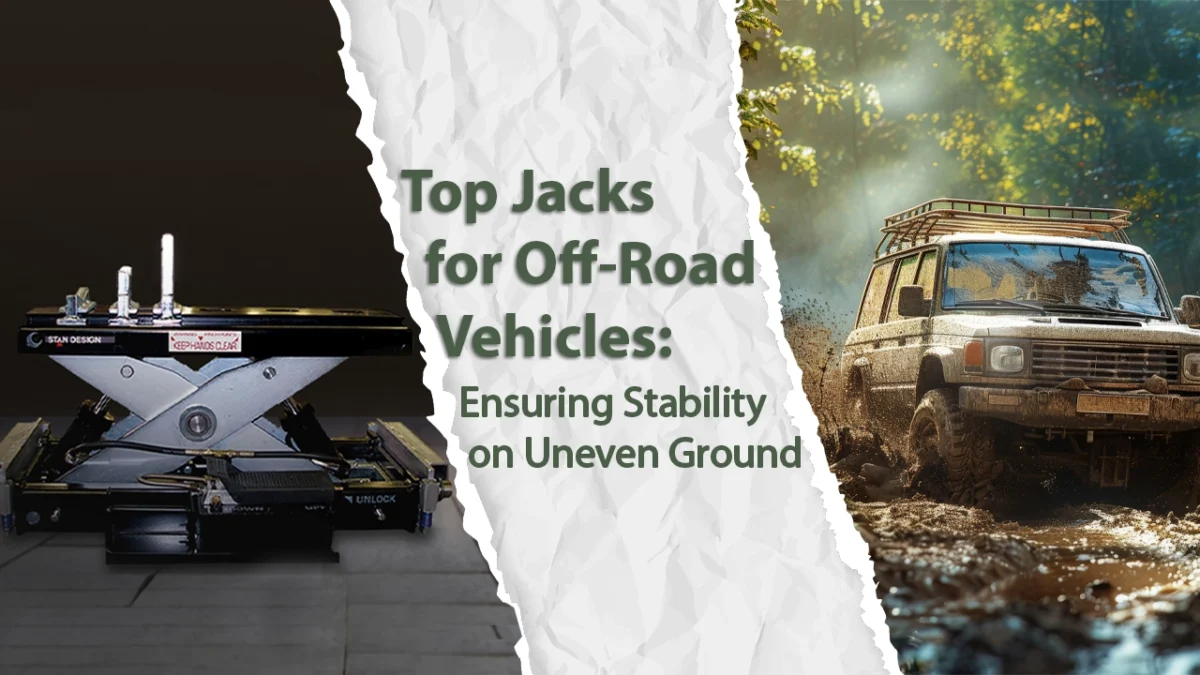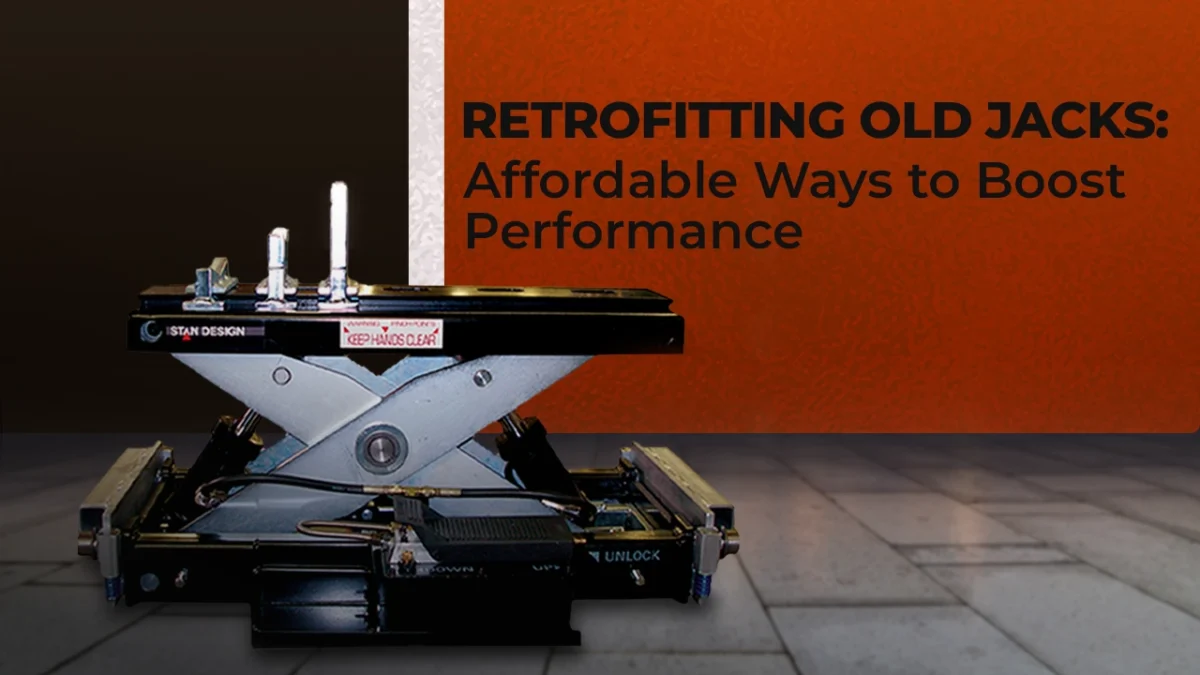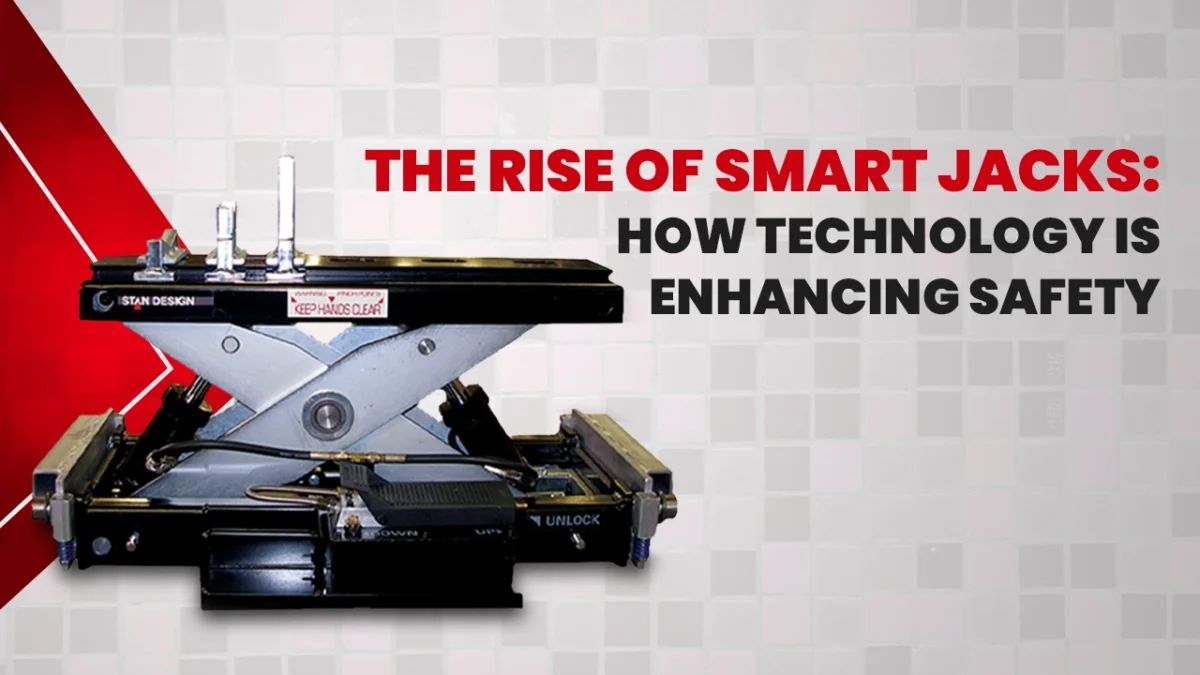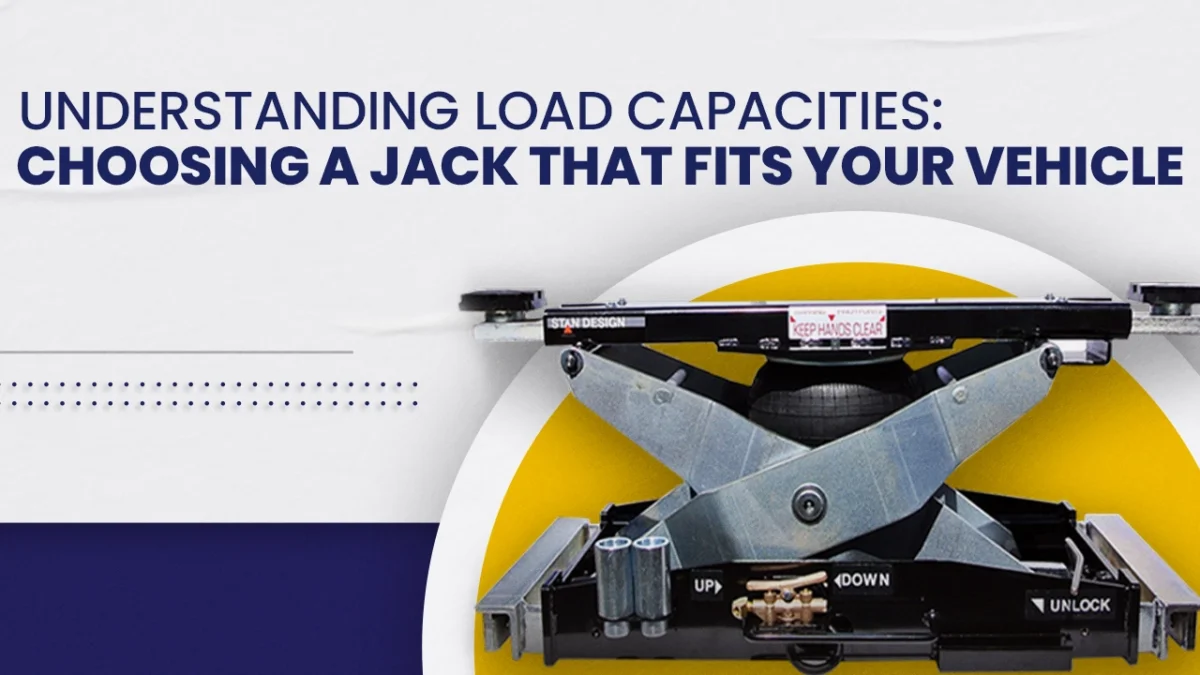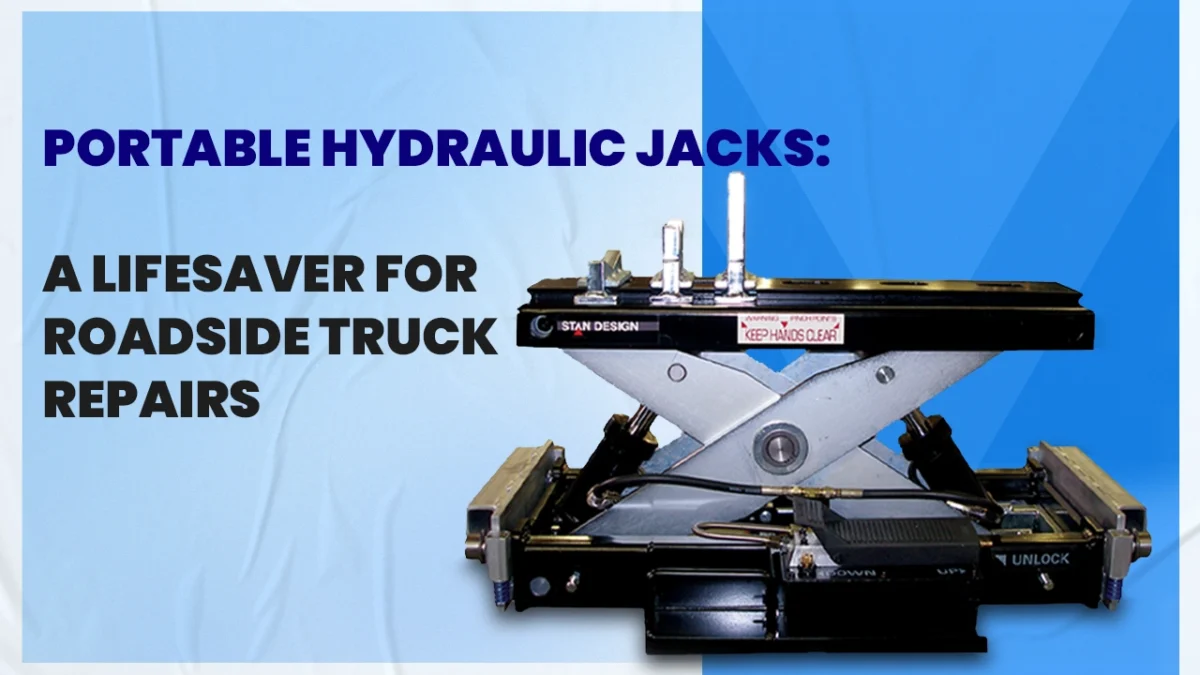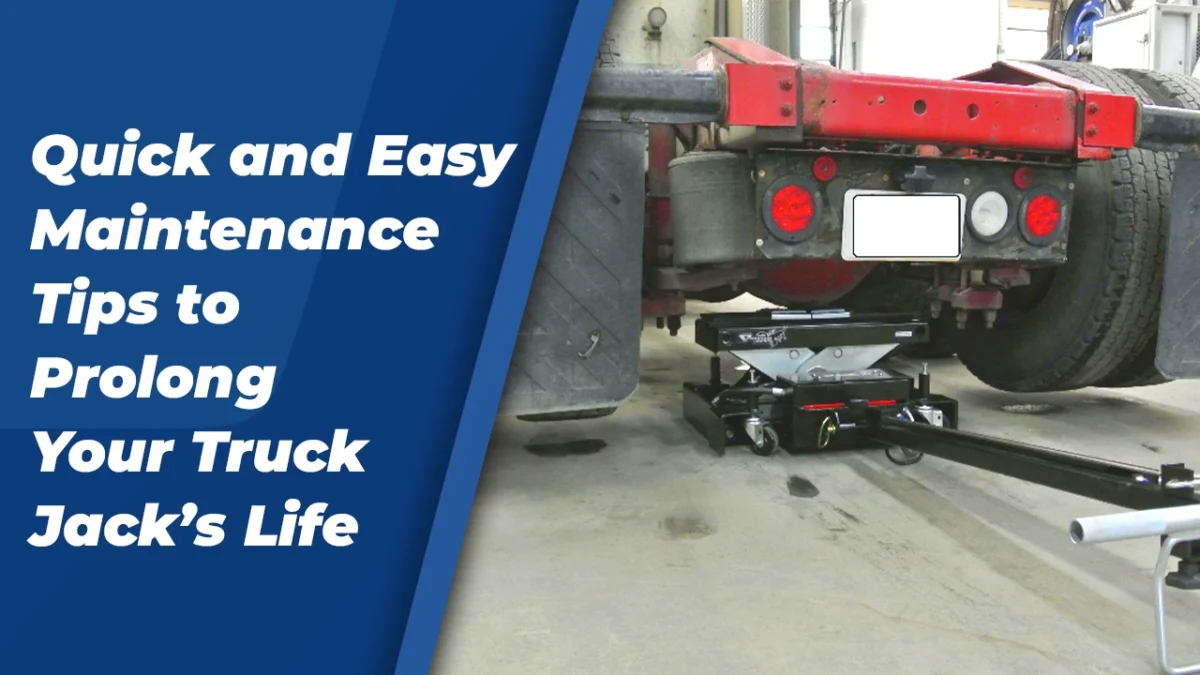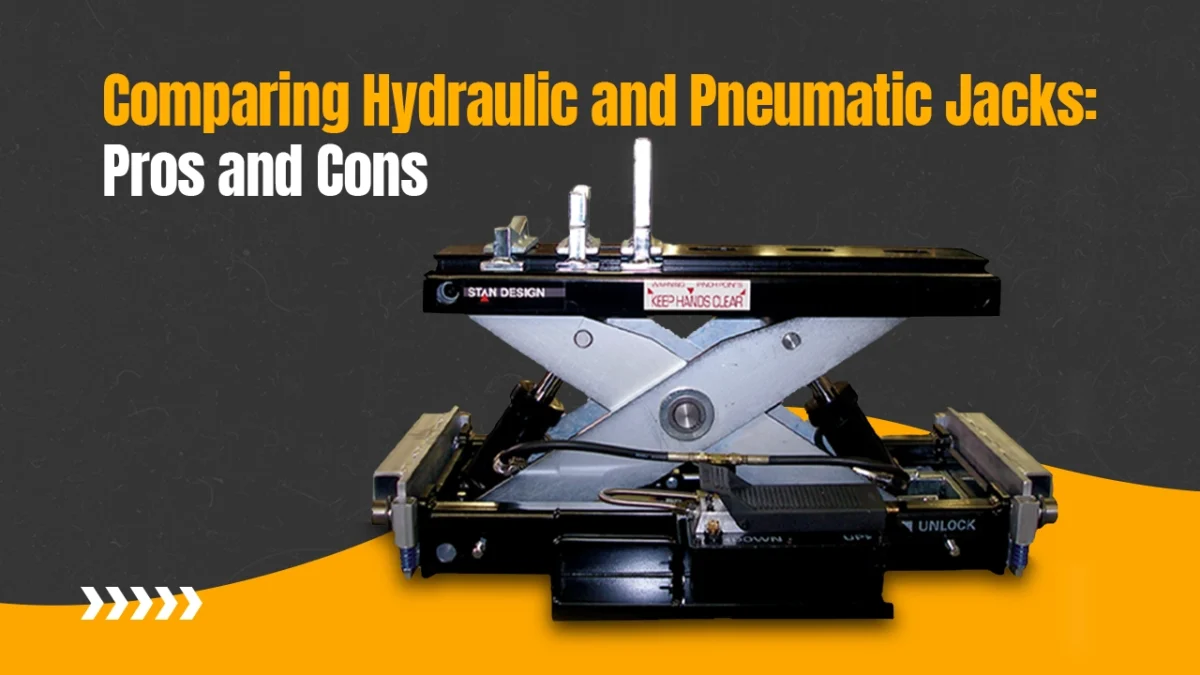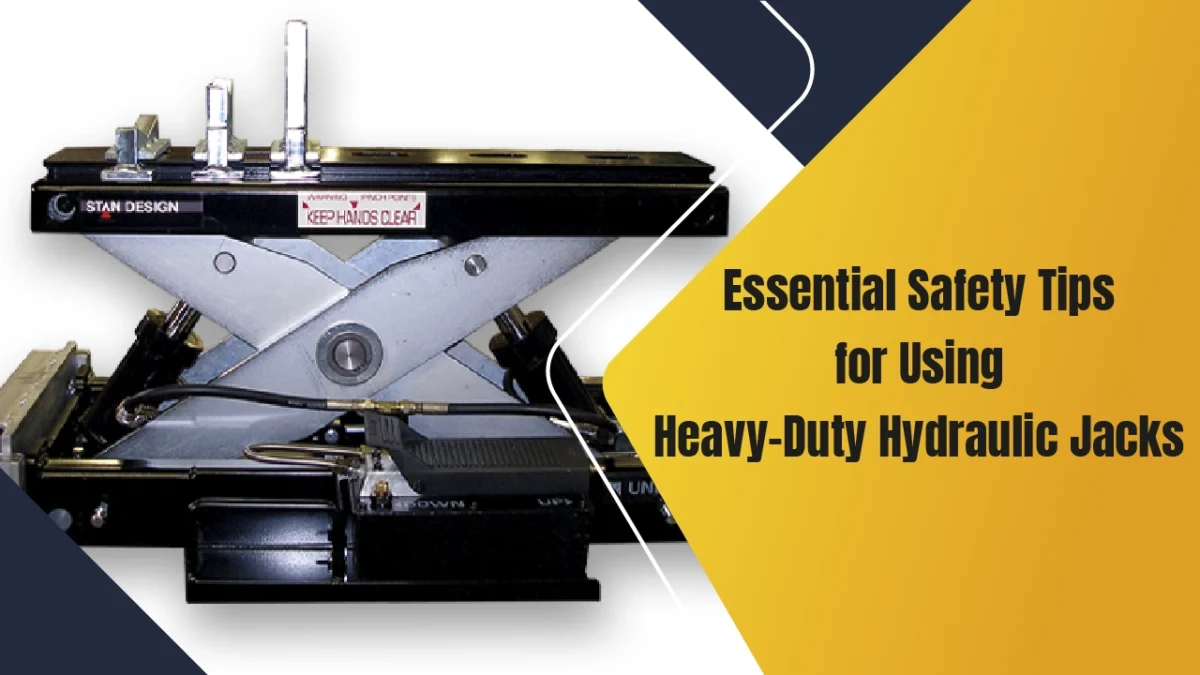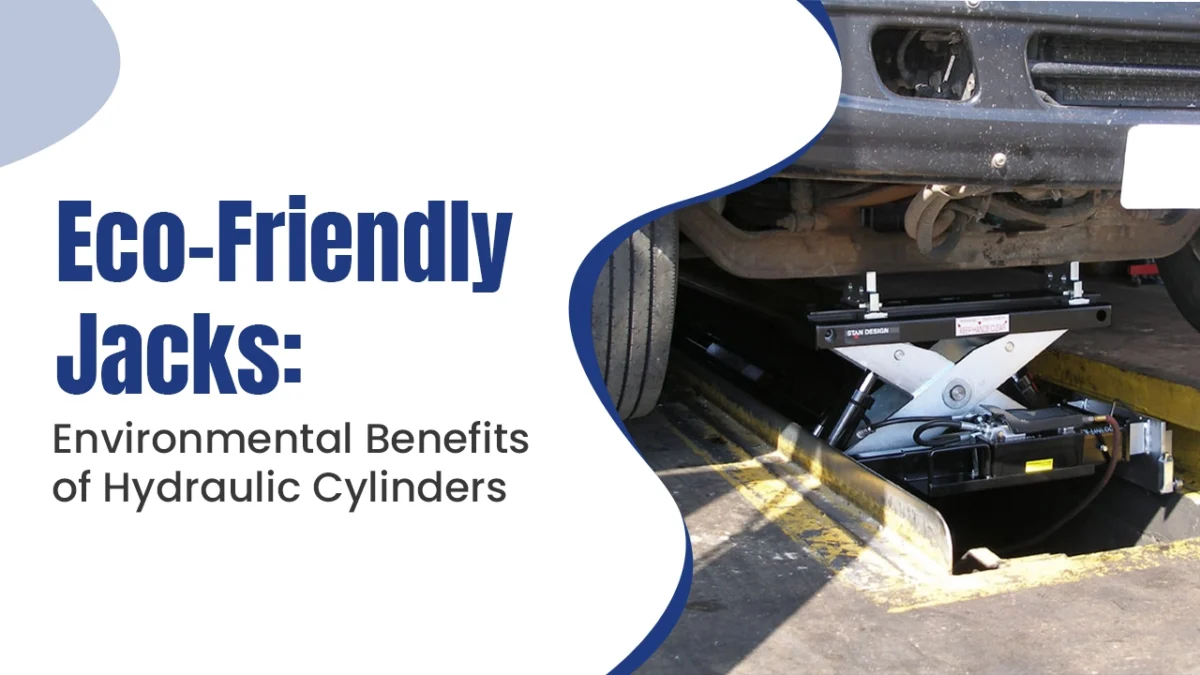Lifting tools for off road trucks or Off-road Vehicles (ORV), not to be confused with sport utility vehicles (SUV), are heavy-duty off-road jacks. A basic Wikipedia search throws up a technical definition of an ORV, also known as an off-highway vehicle (OHV), overland vehicle, or adventure vehicle.
It defines it as a vehicle specifically designed to traverse unpaved roads and ensure stability on uneven ground, such as trails, forest roads, and other low traction surfaces. It also characterizes it as comprising of three main features.
The features are low ground pressure to effectively navigate off the pavement, high ground clearance, and the ability to maintain wheels or track contact on uneven surfaces. Various ORVs achieve this through different methods like large or additional tires, combined with high and compliant suspension or wide tracks and flexible suspension on the road wheels.
It defines it as a vehicle specifically designed to traverse unpaved roads and ensure stability on uneven ground, such as trails, forest roads, and other low-traction surfaces. It also characterizes it as comprising of three main features.
The features are low ground pressure to effectively navigate off the pavement, high ground clearance, and the ability to maintain wheels or track contact on uneven surfaces. Various ORVs achieve this through different methods like large or additional tires, combined with high and compliant suspension or wide tracks and flexible suspension on the road wheels.
Lifting Tools for Off-road Trucks
Owing to the map of construction or anatomical features of these ORVs, they require specialized jacks for their repair and maintenance. Lifting tools for off-road trucks or heavy-duty off-road jacks must be stable jacks for off-road use.
Stability is an important factor in determining the effectiveness of heavy-duty off-road jacks. Based on the terrain the ORV is expected to traverse, these stable jacks for off-road use are determined by the designers and manufacturers.
However, it is obvious that mass production of heavy-duty off-road jacks cannot ensure customizable lifting solutions. That is the reason why we discuss some of the core features that you must look out for before investing in your lifting tools for off-road trucks.
Heavy-duty Off-road Jacks Features
- Heavy-Duty Power– You might want a jack for the purpose of changing tires, which are crucial for ORVs, or working on the gearings and engines. This should guide your choice to purchase a variant of a jack based on its method of operation. Based on that criterion, jacks can be classified as mechanical, electrical, hydraulic or pneumatically engineered heavy-duty off-road jacks. Each is anatomically better suited for segments of performance output. For instance, electrical jacks are generally low suited for heavy-duty work, as compared to hydraulic cylinders.
- Fine-grade Material– Only purchase jacks with the highest quality materials, so you can ensure that they can stand the wear and tear of lifting for decades to come. This might sound like a no-brainer, but a lot of customers do not enquire about the fineness of the steel used for building steel jacks, which are generally used to build heavy-duty off-road jacks.
- Low profile– One of the most in-demand features of stable jacks for off-road use is a low profile or a small footprint. This trait ensures an extended and elevated reach while offering sustained and stable lift and minimal upkeep needs. It also makes sure that the jack is portable enough to be carried around in these kinds of trucks’ minimal storage compartments.
- Safety– Safety is of paramount importance when dealing with using ORVs or repairing and maintaining them. Heavy-duty off-road jacks with built-in three stage safety locking mechanism guarantee lifting the entire front or rear of your vehicles without any danger. These engage automatically at different heights, eliminating the need for any extra stands or chocks to secure the vehicle.
- High Lift Capacity– An attractive weight lift capacity that makes you forget the hassle of hand pumping, with easy maneuverability, is a supreme trait of top-rated off-road jacks. A high lift capacity is not only a cost-effective feature, in that it offers more loading and lifting at an affordable price. But it also reflects the high-quality build and durability of these heavy-duty off-road jacks.
- Wheels and Handles for Control– Finally, the flexibility and convenience of usage of a lifting tool for off-road trucks is determined by the quality of its control systems. Stan Design jacks come fitted with special roller bearing wheels that allow for effortless rolling and maneuvering. They also have convenient pull handles that make it easy to position the jack under the vehicle.
Top-rated Off-road Jacks by Stan Design
Stan Design Inc. is the most reputable and trusted name in the off-road jack for ORVs industry in Canada and North America. We provide you lifting tools for off-road trucks so you can effortlessly and safely perform repairs and maintenance without feeling a hole burning through your pockets!
With over 25+ years of experience in the field of designing and manufacturing jacks like floor jacks, pit jacks, rolling bridge jacks, fast lube jacks, etc., we are the masters of understanding your requirements- whether for personal or commercial use- and helping you accordingly.
Pit Jack Models
Scorpion PJ15
- Capacity – 15,000 lbs.
- Dual Hydraulics Arms
- Extended Lifting Height – Over 20”
- Size – 34” Wide
- Expandable Size – 42” Wide
Scorpion PJ25
- Capacity – 25,000 lbs.
- Dual Hydraulics Arms
- Extended Lifting Height – Over 20”
- Size – 34” Wide
- Expandable Size – 42” Wide
Scorpion P12S
- Capacity – 12,000 lbs.
- Dual Hydraulics Arms
- Extended Lifting Height – Over 20”
- Size – 31” Wide
- Expandable Size – 46” Wide
Scorpion PJ15S
- Capacity – 25,000 lbs.
- Dual Hydraulics Arms
- Extended Lifting Height – Over 20”
- Size – 31” Wide
- Expandable Size – 46” Wide
Scorpion PJ25S
- Capacity – 25,000 lbs.
- Dual Hydraulics Arms
- Extended Lifting Height – Over 20”
- Size – 32” Wide
- Expandable Size – 46” Wide
Scorpion Installed Tire Service Lift
- Installed Version of TJ12
- Designed to lift vehicle across axle
- Capacity – 25,000 lbs.
- Dual Hydraulic Arms
- Built-in safety lock
- Extended Lifting Height – over 20”
- Incredible value for money
Floor Jack Models
Scorpion TJ12S
- Capacity – 24,000 lbs./12 Tons
- Only 8’’ Collapsed Height
- Lifts Over 15.75”
Scorpion TJ12SL
- Capacity – 24,000 lbs./12 Tons
- Only 7.5’’ Collapsed Height
- Lifts Over 15”
Scorpion TJ14
- Capacity – 28,000 lbs./14 Tons
- Only 8.25” Collapsed Height
- Lifts Over 20”
Scorpion TJ12E
- Capacity – 24,000 lbs./12 Tons
- Only 8’’ Collapsed Height
- Lifts Over 15.75”
- 2 Extendable Arms
Scorpion MJ25
- Capacity – 25,000 lbs./12.5 Tons
- Lifts Over 36”
- Extendable Beam with Stackable Adapters Designed for All Military Vehicle Applications

